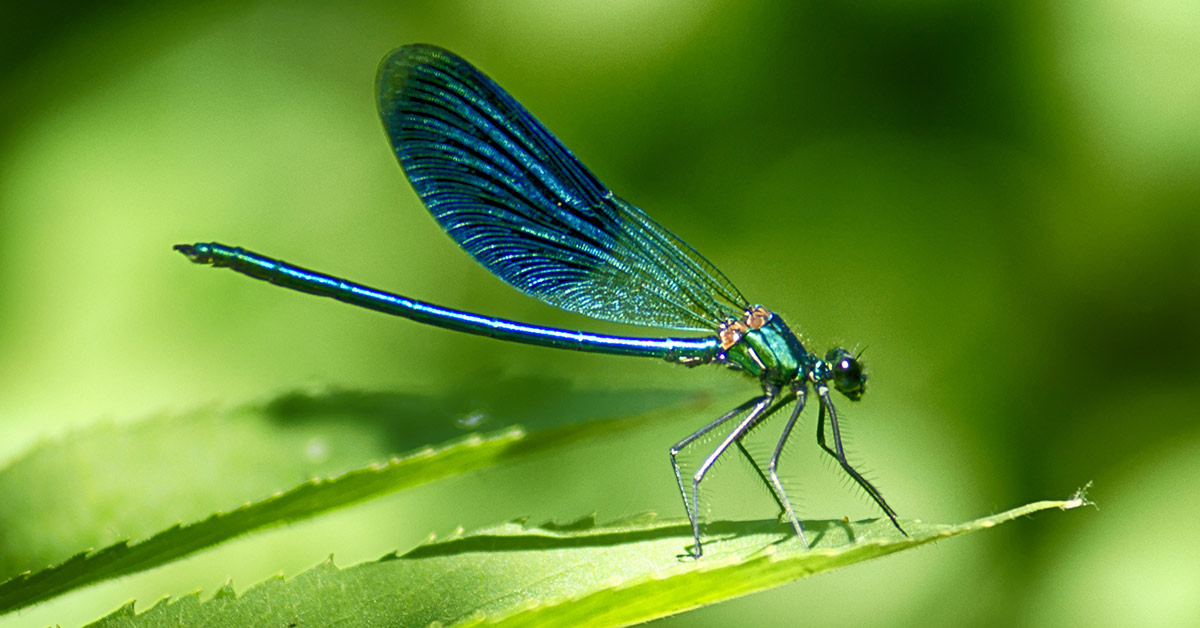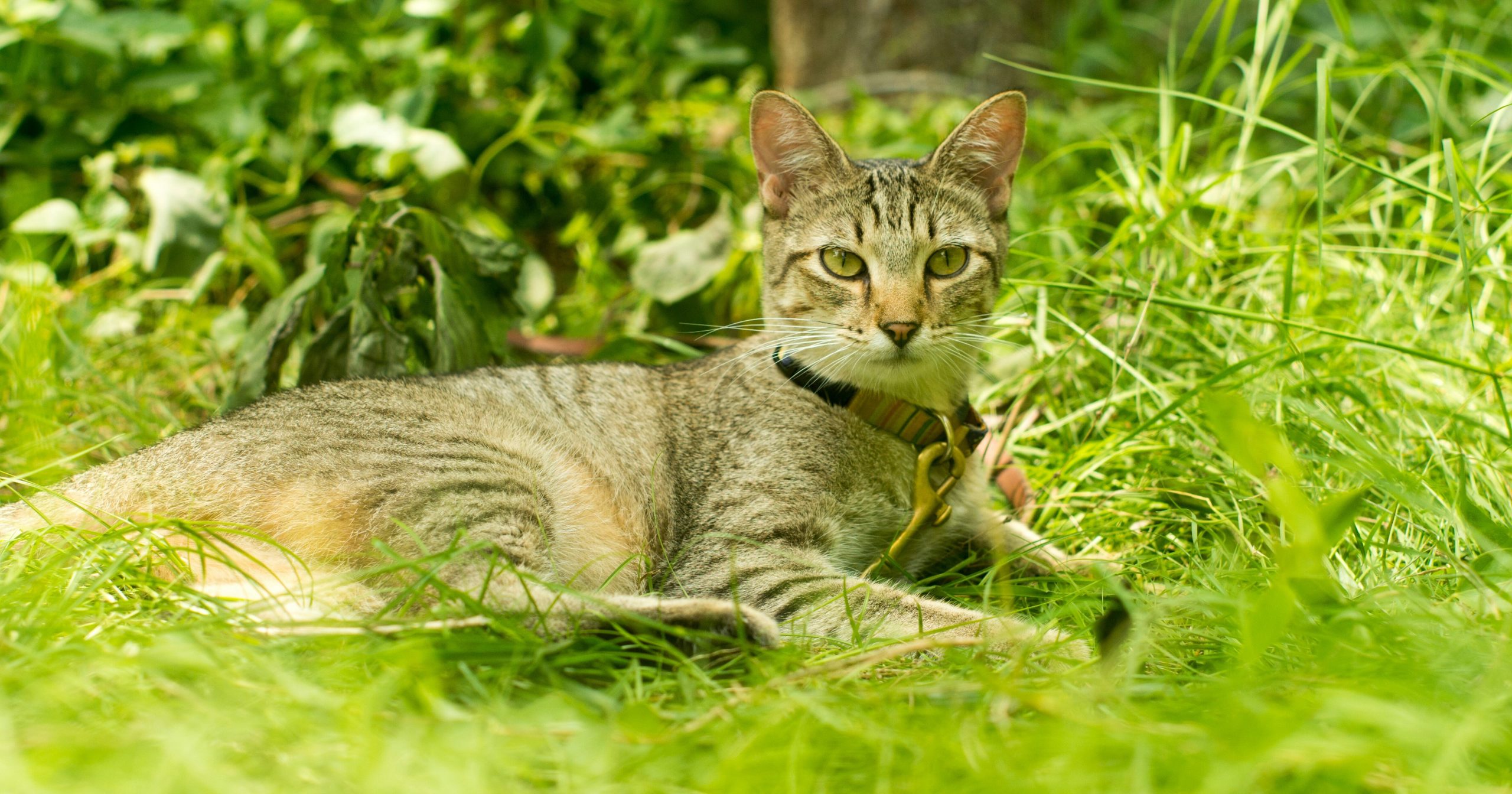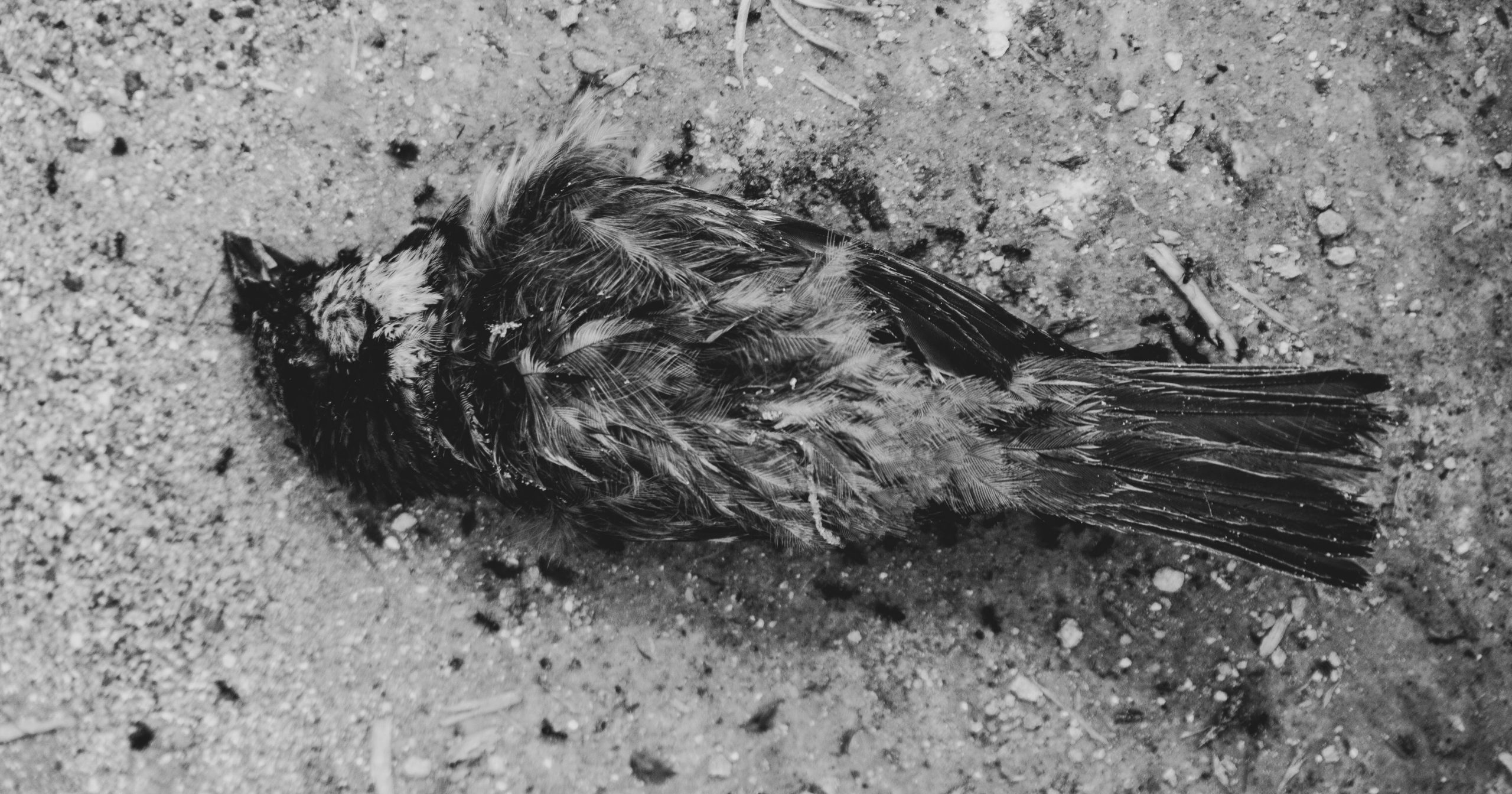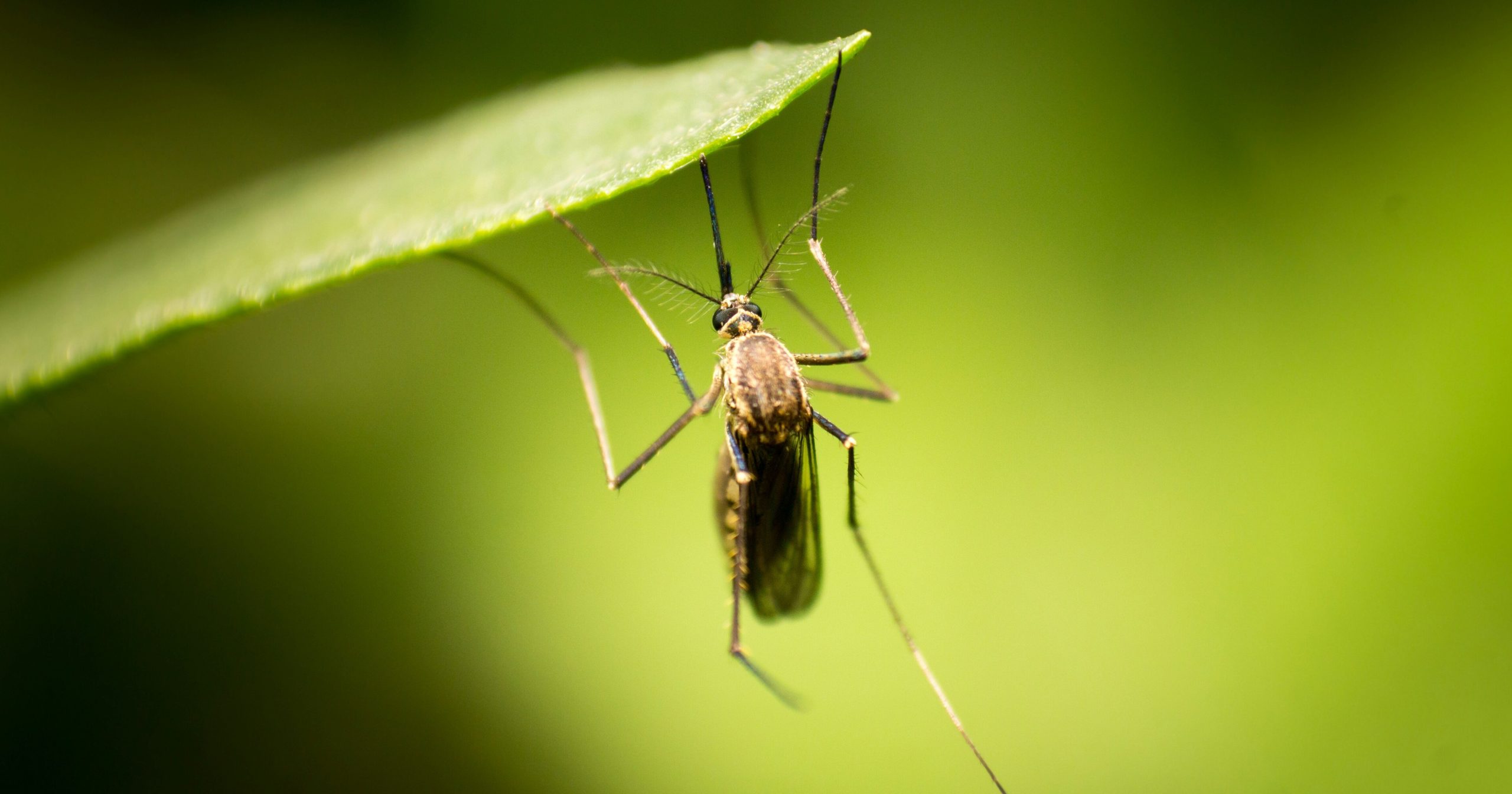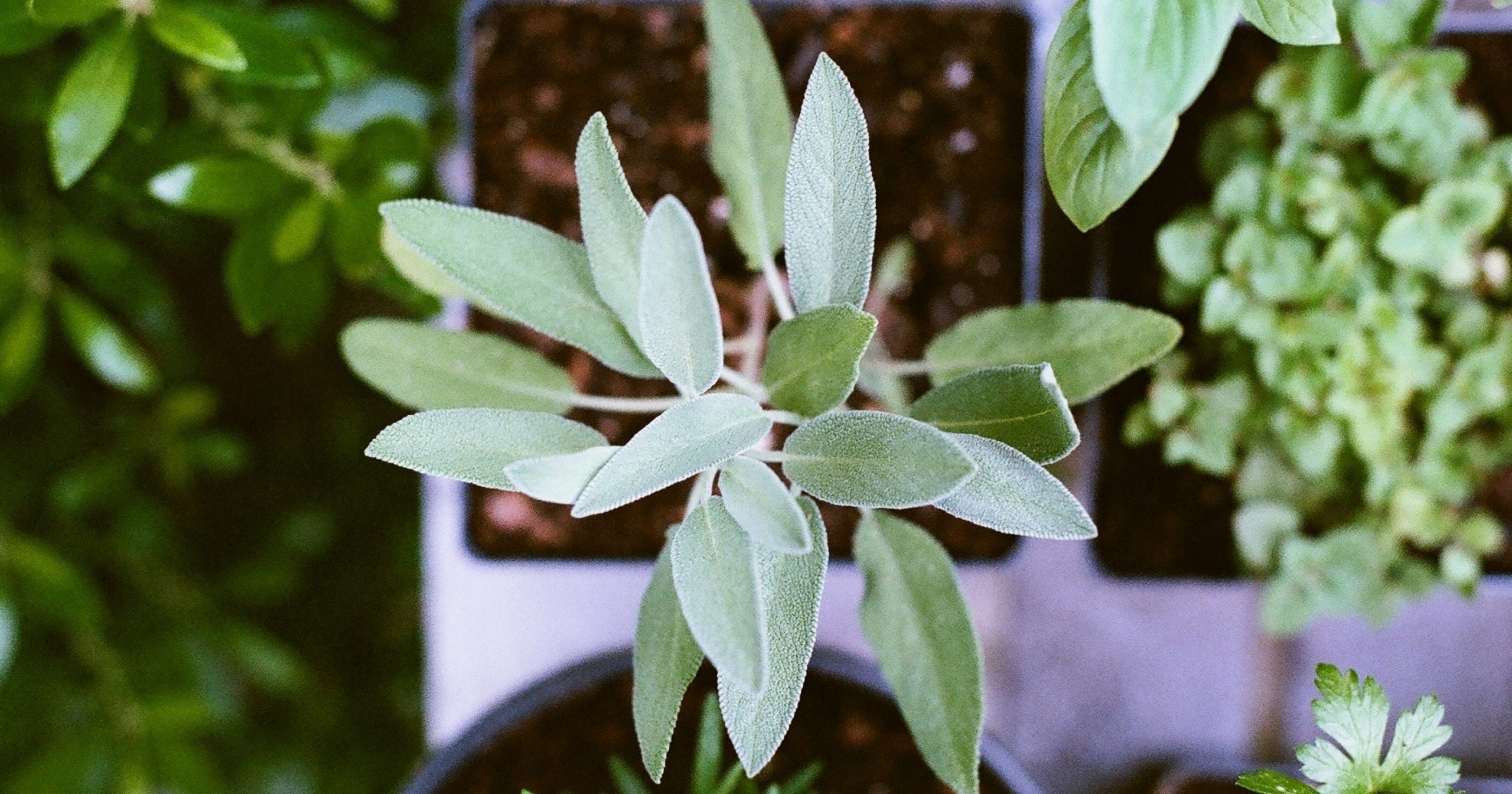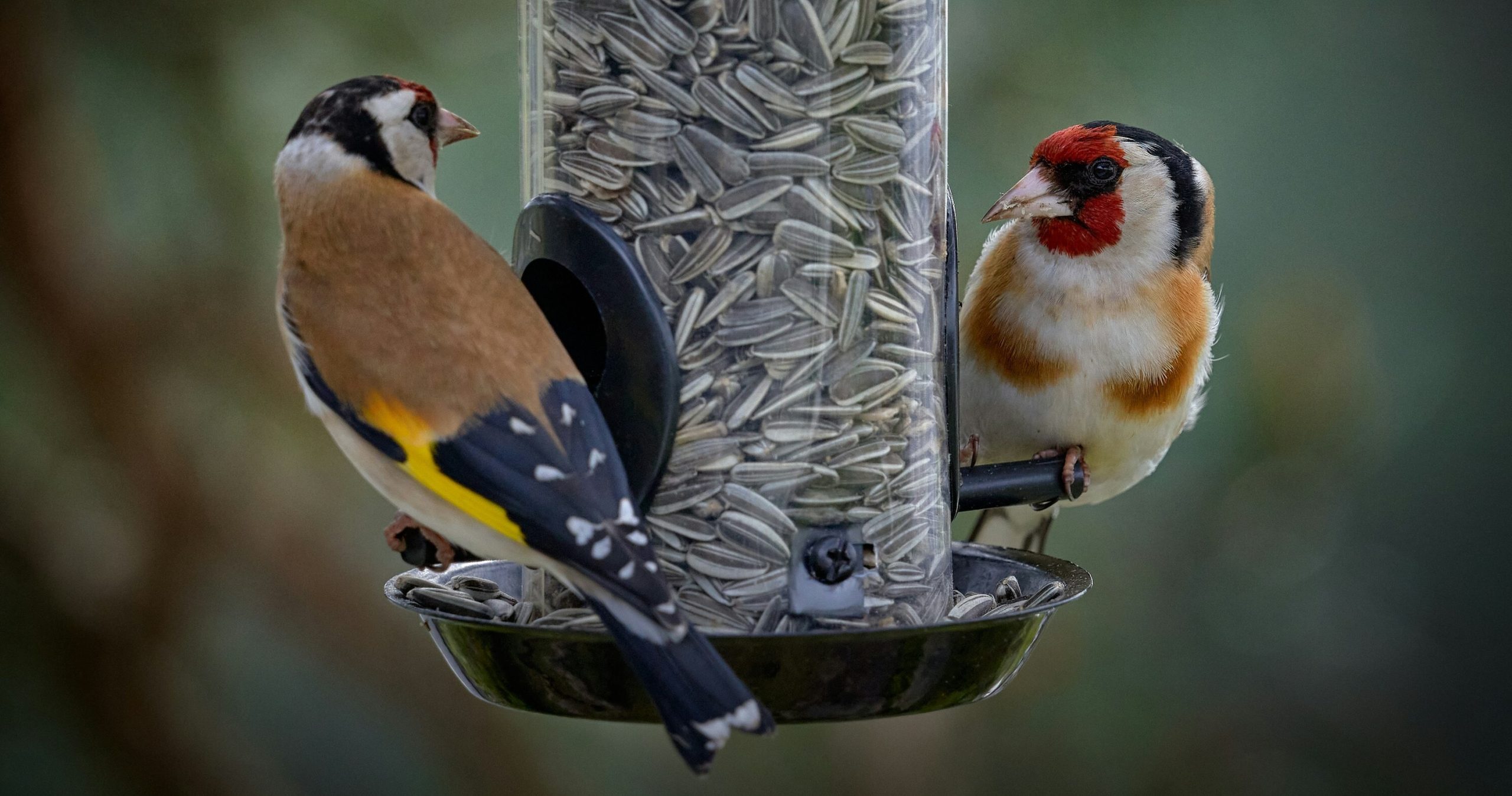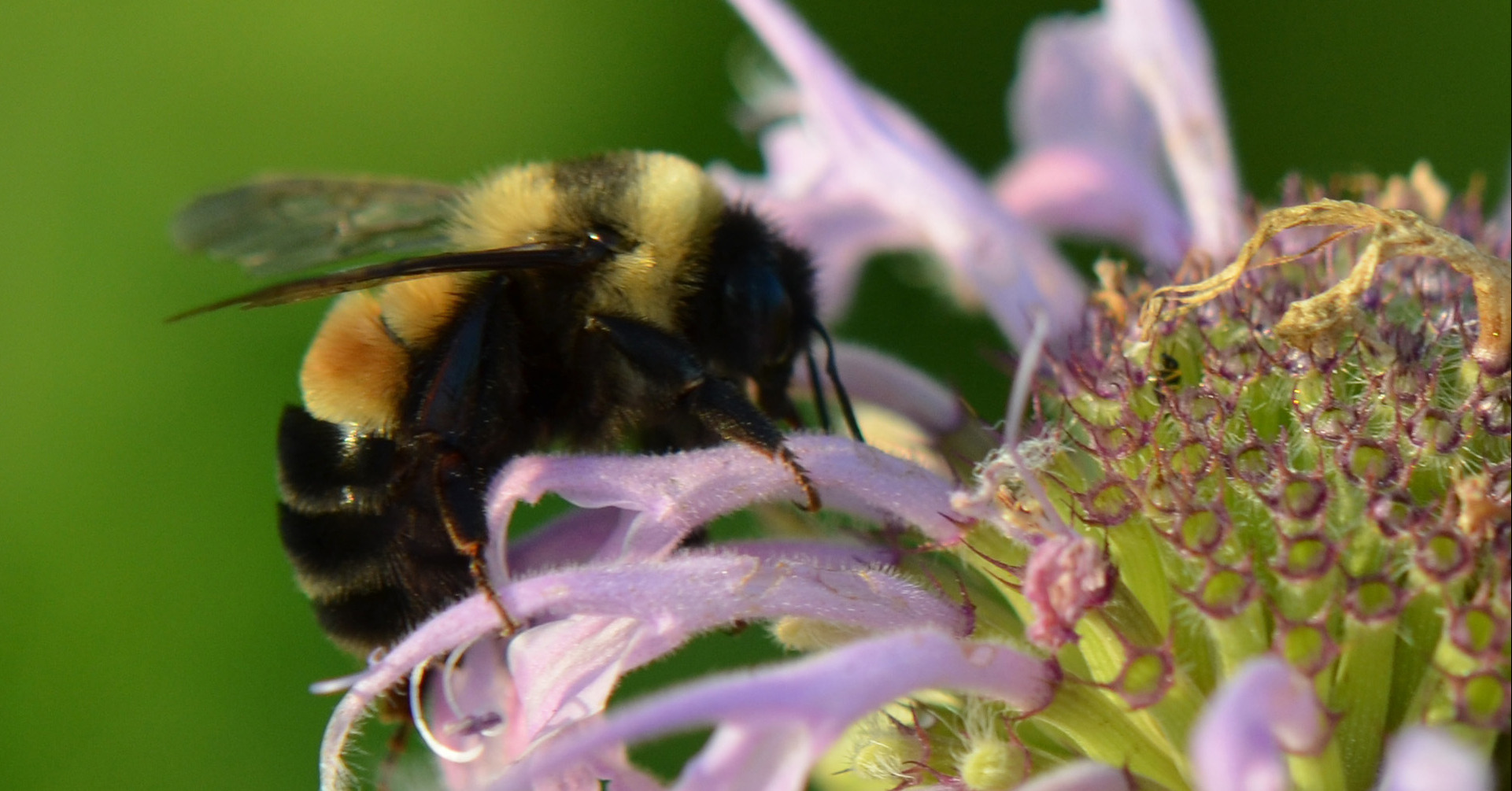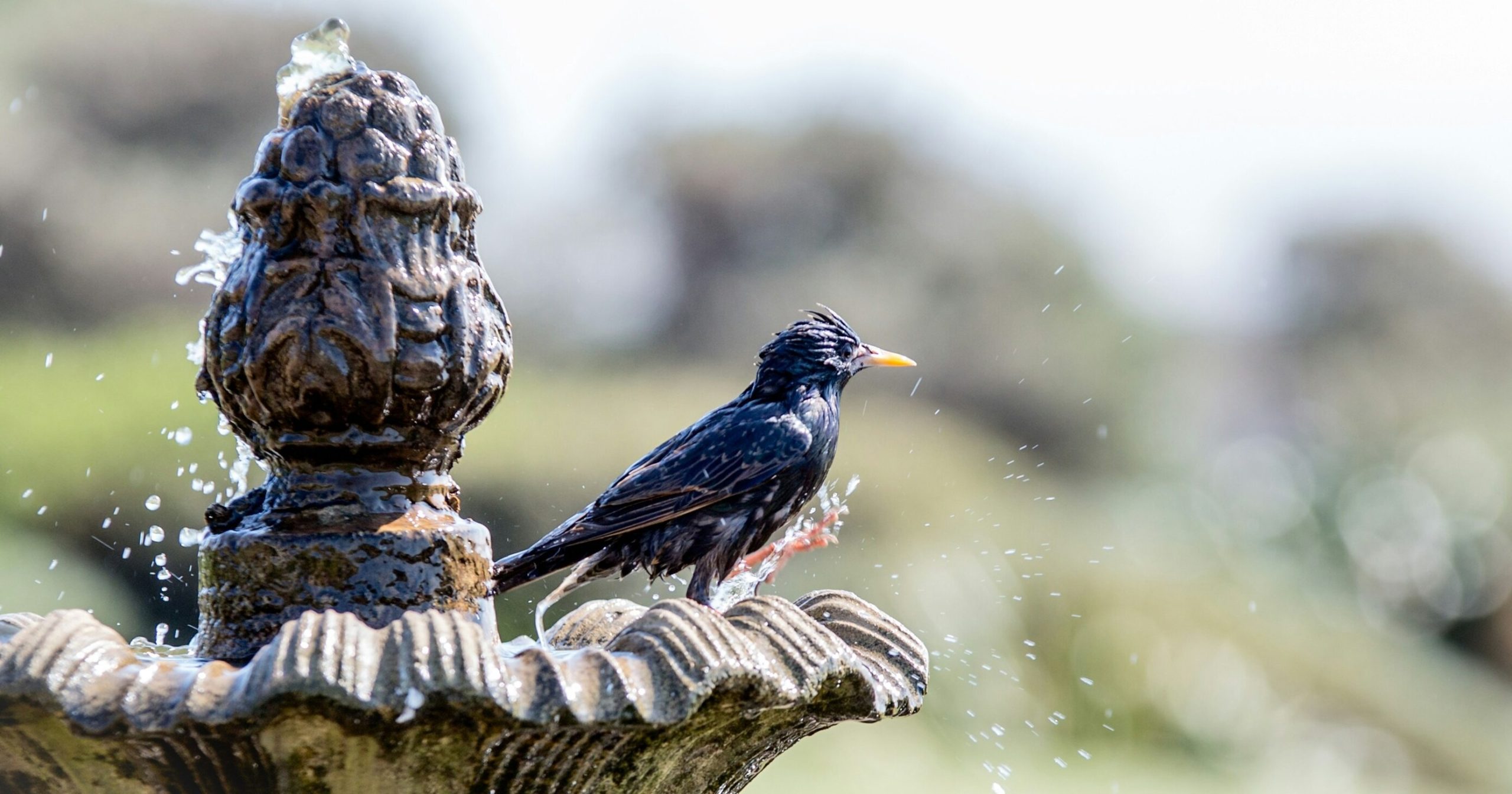Dragonflies have always captured my imagination since I was a child. I used to lay down on my back in the grass in the early evening and watch them flit around the sky, darting back and forth. I can even remember a few times when a dragonfly larva blessed the pond at my parents’ house. I’d watch them crawl out of the water and hatch out into adult dragonflies, leaving behind an empty shell that was so interesting to a young person. Learning how to attract dragonflies to my garden has been a high priority for me as an adult.
While I remember the dragonflies, I don’t remember any mosquitoes bothering me. And there may be good reason for that! A single adult dragonfly can eat anywhere from 30 to hundreds of mosquitoes in a single day. And not just that, but their larvae prey on mosquito larvae as well. Your dragonflies kill mosquitoes at nearly every stage of life!
Create a pond or water feature
Attracting dragonflies to your garden can be a little bit tricky. They take to the skies each day to find their food, meaning they don’t really need your garden for much of anything. You can plant flowers that will attract pollinators which will, in turn, attract dragonflies that eat them, but your best bet for bringing dragonflies to you is through a small pond.
Dragonflies require water to reproduce. They lay their eggs in bodies of water, where the larva then grow up and prey on small insects and animals that live in the pond. You don’t need a huge pond to attract dragonflies, but one at least two feet deep is ideal. Some have been able to breed dragonflies just in plastic tubs above ground.
Add water plants to attract dragonflies
A bucket of water by itself probably won’t attract dragonflies though. For reproduction, they look for natural bodies of water. They’ll want their egg-laying location to have lots of plants for their nymphs to climb and hide under. Lots of aquatic plants are the name of the game – plants like baby pondweed, fanwort, eelgrass, and sago pondweed are all winners for dragonflies. Lilies and lotuses that have floating leaves offer a place for your new dragonfly friends to land and lay their eggs.
Dragonflies also like stones that they can land on. Lining your small dragonfly pond with flat flagstones gives them a place to land and deposit their eggs. If they can’t land safely near the water, they won’t leave their eggs!
Create an ideal habitat for baby dragonflies
Like adult dragonflies, the nymphs are carnivores. They won’t eat plants but will gladly go after just about any kind of aquatic creature that they can realistically catch. They are known to eat mosquito larvae, water beetles, worms, and even larger catches like small fish and tadpoles. Making sure that your dragonfly pond is stocked with plenty of little things for the nymphs to eat is a key component. Avoid adding larger fish. Small fish can help control mosquito populations as well.
They also need hiding places. This is why adding water plants to your pond is so important. They will hide among the thick plants growing inside of your pond, helping them avoid predators.
Avoiding a mosquito takeover
Creating a dragonfly-friendly pond indeed presents the initial challenge of potentially attracting mosquitoes before the dragonflies have established themselves as the primary inhabitants. Since mosquitoes breed in stagnant water, any new water feature can become a breeding ground if not properly managed. However, with thoughtful planning and management, you can prevent your pond from becoming overrun by mosquitoes and instead make it a welcoming environment for dragonflies, which are natural mosquito predators. Here’s how to balance the ecosystem:
Water Circulation: One of the most effective strategies to deter mosquitoes is to keep the pond water moving. Mosquitoes prefer still water for laying their eggs, so introducing a pump to create continuous water movement can discourage them from breeding. A pump will not only circulate the water but can also power a fountain or waterfall feature, adding aesthetic value to your pond while serving a functional purpose.
Skimming Mechanisms: Incorporating a skimming device or regularly manually skimming the surface of the pond can remove mosquito eggs and larvae. Since mosquito eggs float on the water surface, skimming can significantly reduce their populations. This method, combined with water movement, creates an environment that is inhospitable to mosquitoes but does not affect dragonflies negatively.
Vegetation Management: Properly managing pond vegetation can also help control mosquito populations. While aquatic plants are essential for dragonflies, overly dense vegetation can provide too many hiding spots for mosquito larvae. Regularly trimming and managing pond plants to maintain a balance ensures that the pond supports dragonflies without encouraging mosquitoes.
Attracting Dragonflies Early: Encouraging dragonflies to visit and establish in your pond early can naturally help control mosquitoes. You can do this by creating an ideal habitat as discussed previously, with plenty of perching spots and diverse vegetation. Once dragonflies are present, they will feed on mosquitoes, helping to keep their populations in check.
Larvicidal Products: If mosquito populations are particularly stubborn, consider using environmentally safe larvicidal products that target mosquito larvae without harming other wildlife. Products containing Bacillus thuringiensis israelensis (Bti), a naturally occurring bacterium, are effective against mosquito larvae and safe for dragonflies, fish, and other pond life.
By implementing these strategies, you can successfully manage your pond to avoid a mosquito takeover while creating an inviting habitat for dragonflies. This balanced approach ensures that your water feature enhances your property’s ecosystem, providing a beautiful and natural method for controlling mosquitoes and enjoying the benefits of having dragonflies as part of your garden wildlife.
Help dragonflies avoid predators
If the goal is to keep dragonfly populations high around your property to reduce mosquito pressure, making sure that as few dragonflies as possible get eaten is key. What kinds of animals eat dragonflies?
- Birds
- Spiders
- Bats
- Mantids
- Some carnivorous flies
There isn’t a lot you can do about the predation of dragonflies – everything is in the food chain! To help avoid birds, you can plant lots of different shrubs, trees, and flowers in your yard in order to give dragonflies a safe place to land and rest when they aren’t darting around, looking for mosquitoes to dine on!
Young dragonflies are also eaten by water-dwelling animals. As we’ve covered already, not stocking your pond with larger fish and providing plenty of plants in which the nymphs can hide is the trick to keeping them safe.
Offer Perching Spots
Offering perching spots is a key strategy to attract dragonflies, as these insects spend a significant amount of time resting or waiting for prey and mates. Here are more detailed suggestions for creating effective perching spots:
- Selection of Perching Materials: While bamboo stakes are a popular choice for their natural look and durability, you can also use other materials for perching spots. Thin, tall rods made of metal or plastic, natural branches, and even rebar can serve as excellent perches. The key is to ensure the perching materials are tall enough to stand out above the surrounding vegetation and stable enough to support a dragonfly.
- Height Considerations: Dragonflies prefer perching at different heights to scout for food and mates, so include a range of heights from 2 to 6 feet above the water or ground level. This variety allows dragonflies to choose their preferred vantage points and can accommodate different species with varying habits.
- Placement: Position the perching spots around the edges of your pond or water feature, and intersperse them within nearby vegetation. Placement in sunny spots is particularly effective because dragonflies are cold-blooded and use the sun to warm up. However, having some perches in shaded areas can provide relief during the hottest parts of the day.
- Creating Clusters: While some dragonflies are solitary, others may congregate in groups. Arranging several perching spots close to each other can cater to both types. Clusters of perches can also create a visually appealing feature in your garden.
- Maintenance: Ensure the perches remain effective by keeping them clear of overgrown vegetation. Periodic checks to make sure they are still securely planted and have not rotted or become unstable will help maintain a safe environment for dragonflies.
- Incorporate Natural Features: In addition to artificial perches, maintaining natural features like tall grasses, reeds, and shrubs can provide additional perching options. These natural elements blend seamlessly into the landscape and offer more ecological benefits, such as serving as habitat for other wildlife.
By carefully considering the selection, height, placement, and maintenance of perching spots, you can greatly enhance the attractiveness of your property to dragonflies. Not only does this support the local dragonfly population, but it also adds to the enjoyment and ecological diversity of your garden.
Incorporate a Variety of Habitats
Incorporating a variety of habitats within your property is essential for attracting and supporting a diverse population of dragonflies, as different species have unique habitat preferences. Creating a mosaic of interconnected habitats offers the best chance of providing for the needs of various dragonfly species throughout their life cycles. Here’s a closer look at how to create this diversity:
Open Water: Open areas of water are vital for dragonflies, both as breeding sites and hunting grounds. A pond or water feature that has clear, unobstructed water surfaces allows dragonflies to perform their aerial acrobatics while hunting for prey. These open water areas are also used for mating rituals and territory displays. Ensuring some parts of your water feature are free from excessive vegetation can mimic these natural open water habitats.
Submerged Vegetation: Plants that grow beneath the water surface, such as elodea or waterweed, provide essential hiding spots for dragonfly larvae (nymphs) where they can avoid predators and ambush their prey. These underwater plants also contribute oxygen to the water, improving habitat quality. The roots and stems of submerged plants offer surfaces for dragonfly eggs to be attached to or near, facilitating the next generation’s development.
Floating Plants: Lily pads and other floating vegetation offer resting and perching spots for adult dragonflies, right on the water surface. These plants can also serve as platforms for dragonflies to lay their eggs, with some species preferring to deposit their eggs on or near floating vegetation. Additionally, the shade provided by floating plants helps regulate water temperature and protect larvae from predators.
Woodland Areas: Adjacent woodland or forested areas can serve as critical refuge and hunting grounds for dragonflies. The canopy offers protection from harsh weather conditions and predators, while the variety of plant and insect life in wooded areas provides ample feeding opportunities. Wooded areas also support moisture retention in the environment, benefiting the overall habitat.
Meadow or Grassland: Areas of grassland or meadow near water bodies create a rich environment for many insect species that dragonflies prey upon. Tall grasses and wildflowers attract a variety of insects and provide dragonflies with hunting grounds. These areas also offer perching and roosting sites, especially for species that prefer to hunt away from water.
Edge Habitats: The transitional zones between different types of habitats (e.g., the edge between a pond and a meadow) are particularly valuable. These edge habitats often support a higher diversity of plant and insect life, providing abundant opportunities for feeding, mating, and sheltering.
By integrating these varied habitats into your property, you create a rich and complex environment that can support a wide range of dragonfly species. Each element contributes to a lifecycle requirement, from breeding to feeding to sheltering, creating a sustainable ecosystem that encourages dragonflies to thrive. Not only does this approach benefit dragonflies, but it also enhances the overall biodiversity and health of your garden or property, creating a more vibrant and ecologically balanced environment.
Avoid Using Pesticides
Avoiding the use of chemical pesticides is crucial in creating a habitat that is inviting to dragonflies, as these substances can be harmful not only to the dragonflies themselves but also to the wide variety of prey they feed on. When pesticides are used in a garden or near a water feature, they can eliminate the very insects that dragonflies depend on for food, thereby reducing the dragonfly population. Furthermore, the chemicals can directly poison dragonflies, particularly their aquatic nymph stages, which are highly sensitive to changes in water quality.
To foster a dragonfly-friendly environment, it’s beneficial to embrace natural pest control strategies that don’t rely on chemical interventions. This approach involves encouraging the presence of natural predators that will help control pest populations. For example, birds, bats, frogs, and other beneficial insects can play a significant role in keeping pests at bay, and their presence contributes to a balanced ecosystem that supports the well-being of dragonflies.
